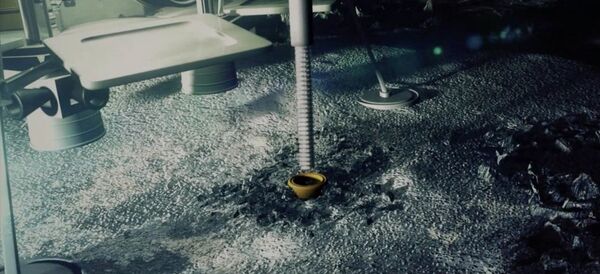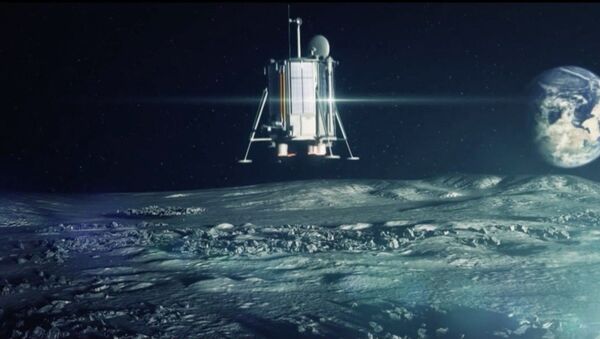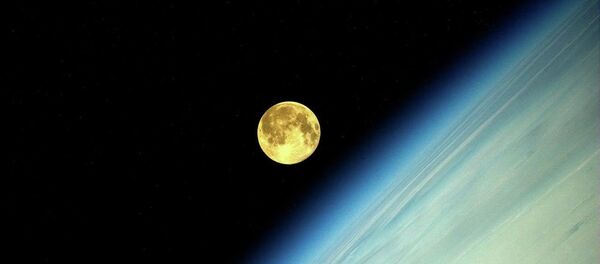MOSCOW, December 8 (Sputnik) – UK scientists have put forward goals for the country’s recently-proposed Lunar Mission One program, the BBC reported on Monday.
The researchers plan to drill 100 meters below the surface of the moon, explore its geology, and assess the conditions for setting up a human base and an observatory.
Their primary interest will focus on the satellite’s South Pole, the site of the deepest known impact crater (around 12km deep) in our Solar System.

The crater also is thought to contain rocks from tens of kilometers below the surface and even part of the lunar mantle, dug up by an impact that occurred more than four billion years ago.
The area of the South Pole that remains shadowed is much larger than that at the North Pole.
The uniqueness of its craters is in that sunlight does not reach the bottom. Unlike on the surface of the Earth, anything in the shade on the moon remains pitch black, as the spread of ambient light to areas that are shadowy is a bi-product of the Earth’s atmosphere. Such craters are cold traps that contain a fossil record of the early solar system.
"Until recently the European Space Agency had plans for a lunar lander (which have since been scrapped) and the scientific case for Lunar Mission One is quite similar," he told BBC News. "In addition, we propose to have a drill so there will be new science too".
The team hopes to raise the £500 million needed for the project through donations from the public.
In return, donors will be able to send messages, pictures and even hair samples, which will be buried under the lunar surface.


